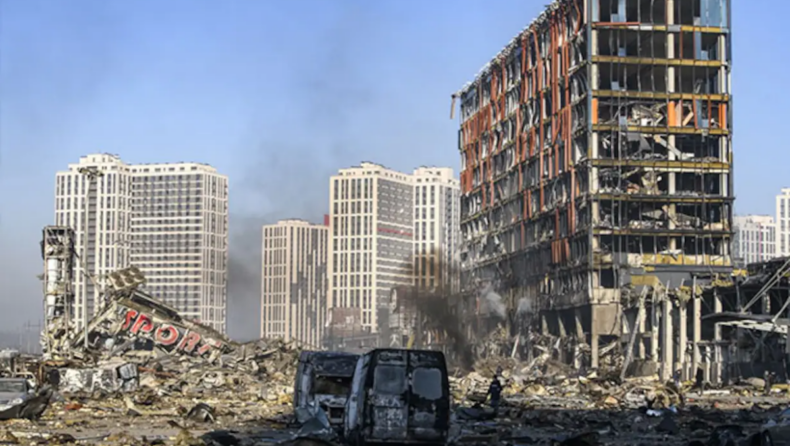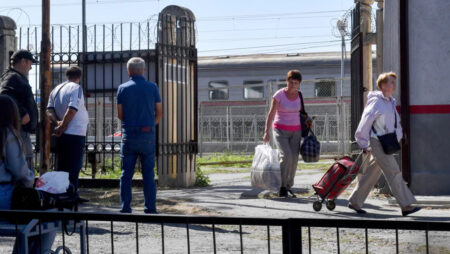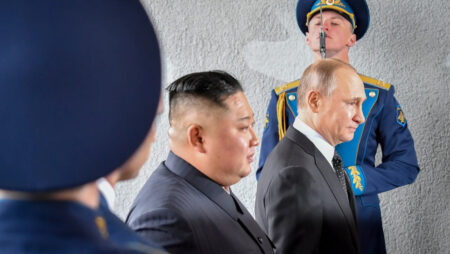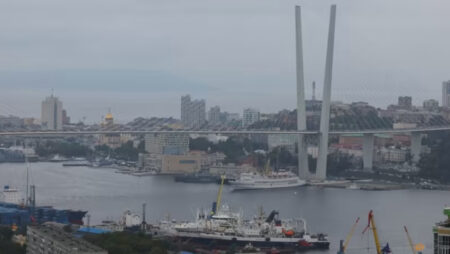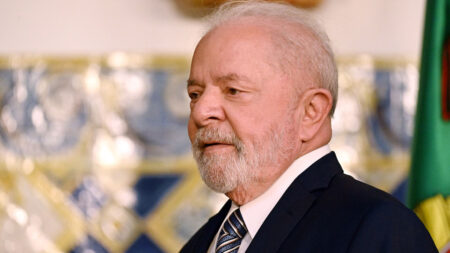Ukrainian President Volodymyr Zelensky on Thursday accused Russian President Vladimir Putin’s force of using phosphorous bombs in their latest wave of attacks on the country, telling NATO leaders in Brussels that “people were killed including children”
President Zelensky also quoted,“Europe is going through a war and each day is full of war crimes of Russian troops. This morning I received information that Russian troops had used phosphorous bombs against civilians in Ukraine”
The regional governor of Luhansk Sergiy Gayday claimed that at least four people including two children were killed by the Russian forces that allegedly used phosphorous bombs in one village.
Oleksi Biloshytsky, the head of police in Popana around 100 kilometers west of Luhansk city, said that Russian forces had used white phosphorous weapons in his area.
About Phosphorous
Phosphorus is a chemical element with the symbol P and atomic number 15. Elemental phosphorus exists in two major forms, white phosphorus, and red phosphorus, but due to its high reactivity especially towards oxygen, phosphorus is never found as a free element on Earth.
It has a concentration in the Earth’s crust of about one gram per kilogram (compare copper at about 0.06 grams). In minerals, phosphorus generally occurs as phosphate.
White phosphorous which has been used in the battlefields is a yellowish translucent wax like substance that smells a bit like garlic and gets ignited on contact with oxygen. When used is characterized by a loud bang and a plume of bright white smoke, it can stay dormnt to the ground but exposure to air causes it to ignite immediately
What are phosphorous bombs?
White phosphorous interacts with oxygen and produces high-temperature flames (above 800-degree Celsius) along with dense white smoke which has a garlic stench. Artillery shells, bombs, rockets, and grenades can all be used to disseminate white phosphorous.
The white phosphorous weapon has been known as the “flaming onion” by the Nazis. The fire caused by such bombs can spread over several hundred kilometers.
The smoke obstructs infrared vision and weapon-tracking systems, shielding military units from guided weapons like anti-tank guided missiles. Most militaries utilize phosphorous munitions as an “obscurant” to offer visual covering for ground operations by obscuring troop and armor movement.
Should we consider it as a chemical weapon?
White phosphorous munitions aren’t classified as chemical weapons under the chemical weapon convention even with wide utilization during WW1 and WW2.Apart from world wars, phosphorous bombs have been widely used in the war of Korean peninsula, Vietnam, and afterward by Russian troops in the first and second Chechen wars.
The US army used it for the first time in the Iraqi city of Fallujah during the Iraq war and was also seen in Afghanistan in 2009.In 2008-09 Israel was blamed for employing white phosphorous bombs in civilian areas during its recurring military campaigns in Gaza.
During the 2016 Nagorno-Karabakh war, Armenian forces allegedly launched 122mm white phosphorous artillery inside Azerbaijan’s territory.
The primary goal of Phosphorous bombs is to produce dense smoke to make a smoke screen to conceal military operations, identify targets or burn buildings or bunkers.
International law prohibits the use of white phosphorous shells in heavily populated civilian areas but allows them in open spaces to be used as cover for troops.The 1977 Geneva convention restricts the deployment of white phosphorous bombs if they endanger civilians.
What makes it dangerous?
White phosphorous weapons can cause serious damage either through burns or vapor inhalation.The plumes of smoke when inhaled cause sudden scaring in lungs suffocating people to death and melt flesh just like the Napalm bomb.
The fragments can penetrate deep into the human body, in such a scenario even if an individual receives care after a phosphorous burn their chances of survival are very low.White phosphorous is a form of carbon disulfide compound that is believed to have been first employed by Irish nationalist arsonists in the 19th century called “Fenian fire”.
Published By – Damandeep Singh
Edited By- Kritika Kashyap







